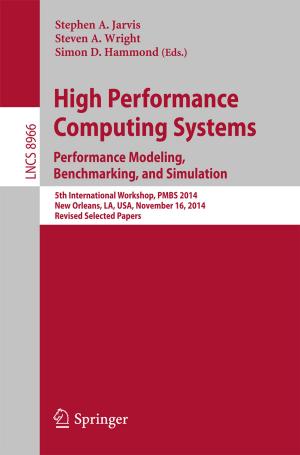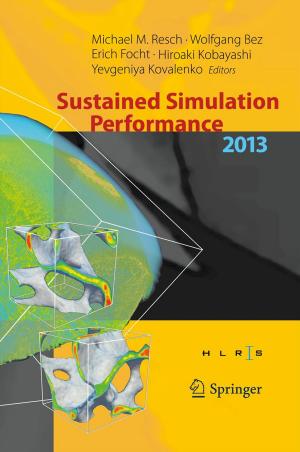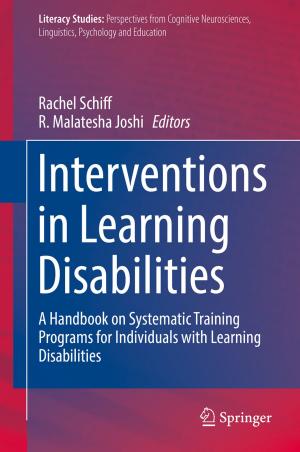IIW Guidelines on Weld Quality in Relationship to Fatigue Strength
Nonfiction, Science & Nature, Technology, Material Science, Manufacturing| Author: | Bertil Jonsson, G. Dobmann, A. F. Hobbacher, M. Kassner, G. Marquis | ISBN: | 9783319191980 |
| Publisher: | Springer International Publishing | Publication: | April 13, 2016 |
| Imprint: | Springer | Language: | English |
| Author: | Bertil Jonsson, G. Dobmann, A. F. Hobbacher, M. Kassner, G. Marquis |
| ISBN: | 9783319191980 |
| Publisher: | Springer International Publishing |
| Publication: | April 13, 2016 |
| Imprint: | Springer |
| Language: | English |
This book presents guidelines on quantitative and qualitative measures of the geometric features and imperfections of welds to ensure that it meets the fatigue strength requirements laid out in the recommendations of the IIW (International Institute of Welding). Welds that satisfy these quality criteria can be assessed in accordance with existing IIW recommendations based on nominal stress, structural stress, notch stress or linear fracture mechanics. Further, the book defines more restrictive acceptance criteria based on weld geometry features and imperfections with increased fatigue strength. Fatigue strength for these welds is defined as S-N curves expressed in terms of nominal applied stress or hot spot stress. Where appropriate, reference is made to existing quality systems for welds.In addition to the acceptance criteria and fatigue assessment curves, the book also provides guidance on their inspection and quality control.
The successful implementation of these methods depends on adequate training for operators and inspectors alike. As such, the publication of the present IIW Recommendations is intended to encourage the production of appropriate training aids and guidelines for educating, training and certifying operators and inspectors.
This book presents guidelines on quantitative and qualitative measures of the geometric features and imperfections of welds to ensure that it meets the fatigue strength requirements laid out in the recommendations of the IIW (International Institute of Welding). Welds that satisfy these quality criteria can be assessed in accordance with existing IIW recommendations based on nominal stress, structural stress, notch stress or linear fracture mechanics. Further, the book defines more restrictive acceptance criteria based on weld geometry features and imperfections with increased fatigue strength. Fatigue strength for these welds is defined as S-N curves expressed in terms of nominal applied stress or hot spot stress. Where appropriate, reference is made to existing quality systems for welds.In addition to the acceptance criteria and fatigue assessment curves, the book also provides guidance on their inspection and quality control.
The successful implementation of these methods depends on adequate training for operators and inspectors alike. As such, the publication of the present IIW Recommendations is intended to encourage the production of appropriate training aids and guidelines for educating, training and certifying operators and inspectors.















